
As this unprecedented year draws to a close, it’s a good time for reflection.
I heard Dr Rachel Payne talk online recently and I liked her analogy of the impact of the Covid19 situation in terms of learning, unlearning and relearning. Although she refers to this in relation to education, we can relate it to every day life and in my case my own practice.
She describes a pre-covid situation, that is normal and functioning, which is then shredded, with normality deconstructed and everything suddenly changed. Then what appears is the ‘new normal’ where we have to reconstruct and relearn things…such as a new way of life and a new way of working.
So how do we return to the pre-covid normality once it has been deconstructed and the entire identity changed? Can we return? Will life as we know it ever be the same again?
Through this pandemic we seem to have entered a ‘liminal space’ where a transformation has taken place. It’s like we are literally standing on the threshold between two realities. Liminal spaces tend to be transitional, transformative spaces, where they are the waiting areas between one point in time and space and the next. Often, when we are in liminal spaces, we have the feeling of just being on the verge of something. The time between the ‘what was’ and the ‘next.’ A place of transition and not knowing…. an area of the unknown.
Certainly with regards to my own practice and life in general, I am hoping to find a way to navigate through this liminal space and emerge transformed.
In trying to make sense of this ‘new normal’ and adjust to it, I have found it challenging to be creative. The most I could motivate myself to do was to respond to the landscape during my daily walks with my dog. I made myself a little sketchbook bag, which now hangs next to the dog lead, to encourage me to take both on walks.

In no time at all, the sketchbook was full. I found it satisfying working spontaneously and subjectively in black and white expressing a sense of place but when I pushed myself further to work in colour, it was a challenge too far and unfortunately the sketching stopped. I suspect many of us have struggled during this pandemic in one way or another. I bet we’ve learned a lot about ourselves over this last year. I certainly have.


When I started growing flax over a year ago, I had no idea about the learning journey ahead of me, from growing, harvesting and retting the flax to breaking, scutching and hackling it. The time had come now to learn to spin the flax.
Knowing I’d grown my flax fibres from seed, they became very precious, so I wanted to preserve every last fibre to maximise its use. I had no idea what a distaff was or that there were many different types of distaff. I soon learned that the purpose of a distaff was to hold the unspun fibres and allow them to be pulled out in one direction. I believe you can also just use a tea towel over your shoulder by spreading the fibres across the tea towel first and then loosely rolling it up.
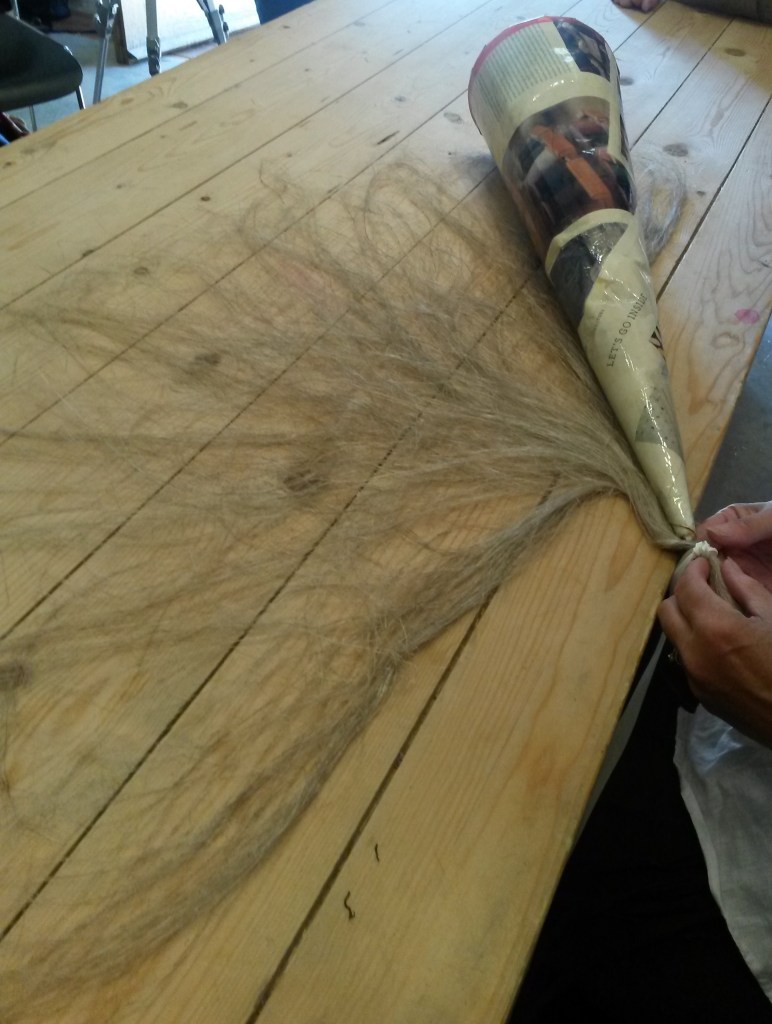
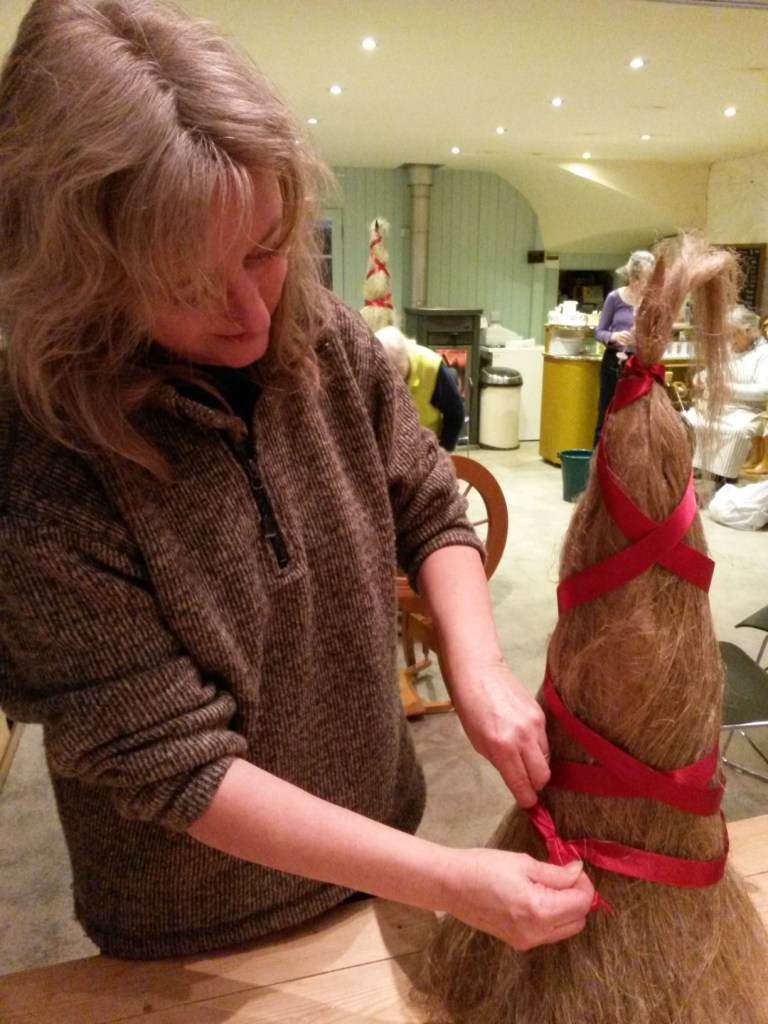
I am full of admiration of ‘proper’ spinners who can do the equivalent of tapping their head and rubbing their tummy at the same time. I started off with the drop spindle and I knew it got its name because the spindle is allowed to ‘drop’ down while the thread is formed. In other words, the weight of the drop spindle helps to pull down the fibres. What I hadn’t anticipated was that mine kept ‘dropping’ directly onto the floor more times than I dare reveal!

I quickly moved onto the spinning wheel courtesy of Stella Schofield Adams and again a steep learning curve. Spinning is when the fibres are drawn out and twisted together to form yarn and in this case linen yarn.
In medieval times, poorer families had such a need for linen yarn to make their own fabric and clothes that practically all girls and unmarried women would keep busy spinning. I didn’t realise that is where the word “spinster” originates.
The more I practised spinning the more I got the hang of it and once I got into the rhythm, I found it quite relaxing, rewarding and enjoyable. After a number of hours (or should I say days!) of spinning, my skill improved. It was hard getting consistency with the thickness of the spun yarn but I was quite delighted by what I produced.
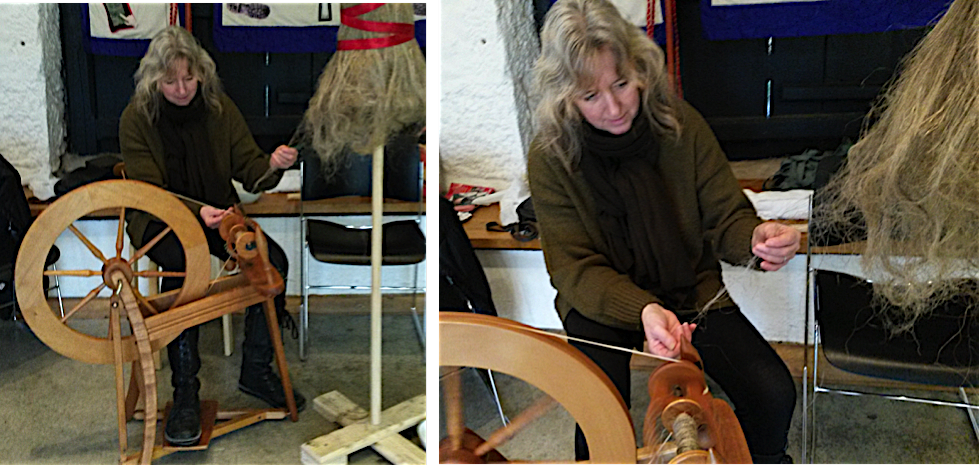
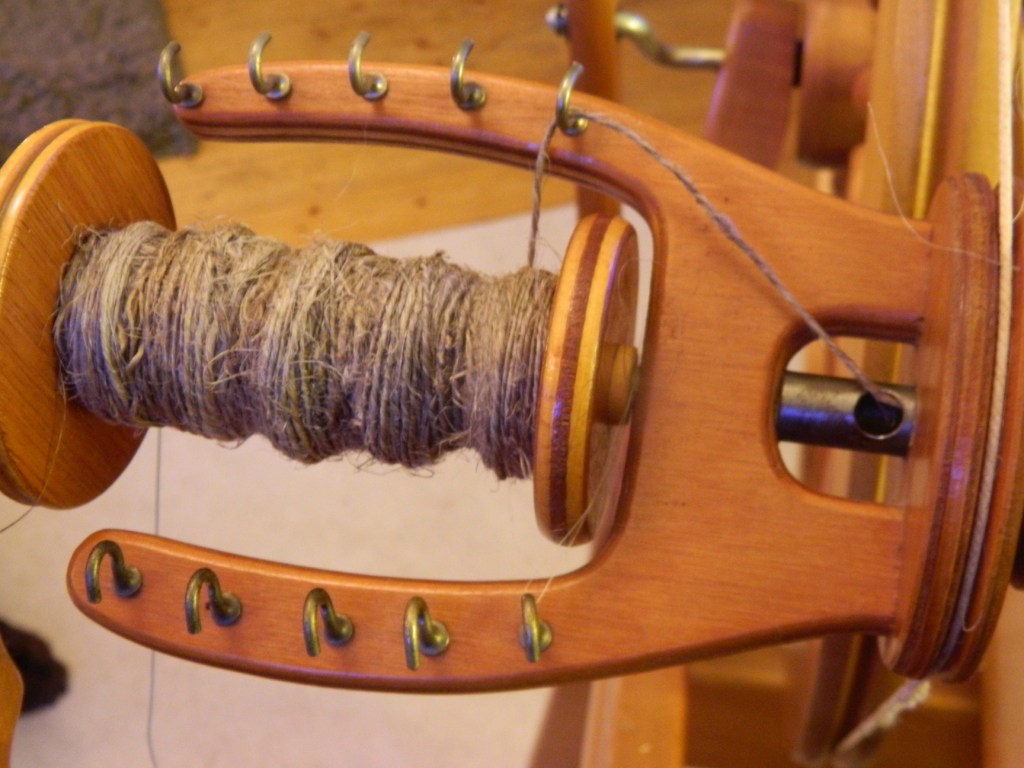
Certainly this project has and continues to present many challenges for me and I am still learning much. I can appreciate now how important it is to be thorough at every stage of the flax growing, harvesting and processing.
Being a novice flax grower, ‘retter’ and processor, there would inevitably be flaws in the fibres. Some of them might have been over retted and therefore not as silky as others. There were also still bits of shive that I hadn’t got rid of during the processing and this presented challenges when spinning. Although I appreciate and respect perfection and so often strive for it in many of life’s situations, I am drawn to ‘wabi sabi’ in my own practice, embracing the beauty of flaws and rawness.
Wabi, roughly means ‘the elegant beauty of humble simplicity’, and sabi, means ‘the passing of time and subsequent deterioration’. So very fitting for my practice. With my shive covered flax fibres I do like the variations, the added interest and the texture.
So, looking ahead towards 2021, I wish you all a happy, healthy creative year!
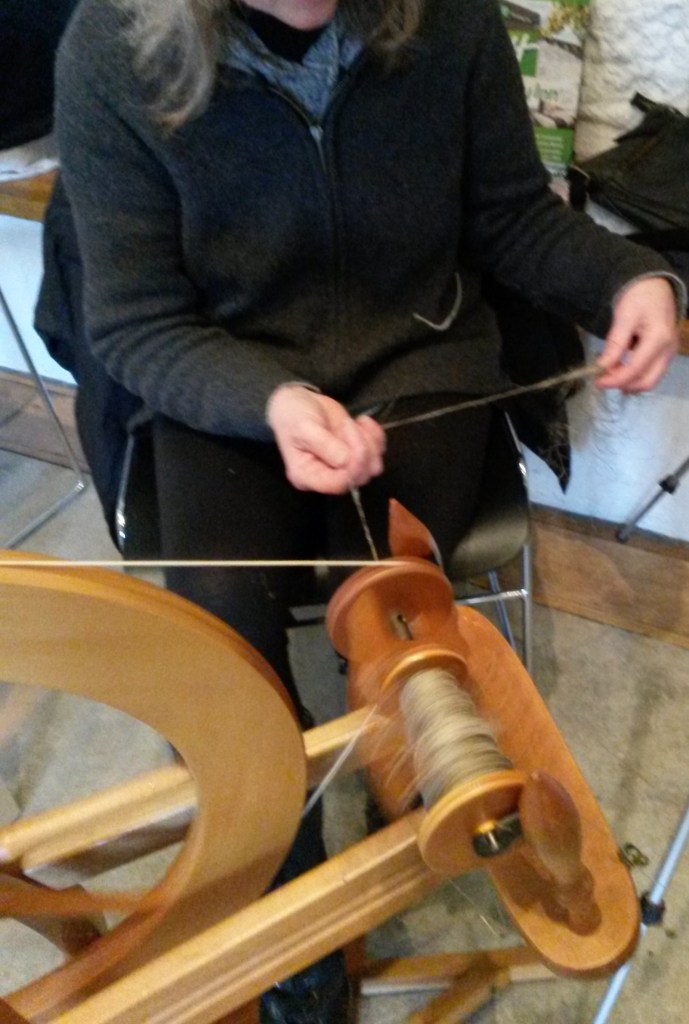

Hi Christine
I’ve just read your blog and I’m so impressed with how much you have managed to do over the past year, whilst still working. I love your sketchbook – all good starting points for new work when things are more settled. I have also found it hard to be creative. I did a couple of watercolours yesterday to try out some new pencils – I was just messing about really, but I enjoyed it so maybe that’s more important than creating a masterpiece.
Sorry for not responding sooner, I’ve been trying to avoid turning my laptop on.
Take care
Natalie
LikeLiked by 1 person
That’s a lovely comment Natalie…thank you for that! Certainly enjoying doing something is far more important during these strange times and if it leads somewhere in the future, that’s an added bonus. C xx
LikeLike
Thank you Christine, a thoroughly interesting read. I love the idea of keeping the little sketchbook with the dog lead. I really should learn from that. You have a way of drawing the reader in wanting more. Looking forward to seeing more. Lx
LikeLiked by 1 person
aaaah Louise, thank you for your kind words. I’m pleased you enjoyed reading the post. Regards Christine
LikeLike
I enjoyed feeling my own hands on the spin and the threads.You write with a lovely rhythm and flow. I and a few friends who are artists have found it hard to be creative in our usual ways. It is as if you need to be creative according to a different input or not at all. I think it has been more important this year to listen to what it has to tell us. Good wishes for the New Year. Jennie
LikeLike
Love this Christine! Hope you are well Jo xx
Sent from my iPhone
>
LikeLiked by 1 person
Thank you Jo! All’s well here. Hope you too are well C x
LikeLike